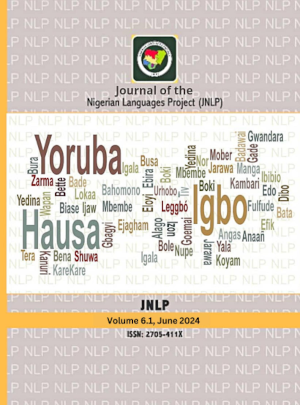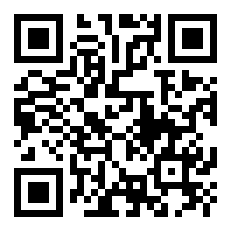Creativity in Nigerian language and literature
DOI:
https://doi.org/10.60787/jnlp.v6i1.59Keywords:
Creativity, literary trends, language trends, interdisciplinary trendsAbstract
Creativity from the linguistic and literary perspective centers around words. A proper command of language is therefore needed to express it in every genre of literature. This paper explores the interface expressed between language and literature, especially regarding creativity in popular culture, and current literary, linguistic, and interdisciplinary trends. The paper is guided by the ‘infinity principle’ (Chomsky 1964), which assumes the generation of an infinite number of sentences and thoughts from a finite set of words. The paper is discussed in eight sections. Sections 1 and 2 present the introduction and conceptual explanations. Section 3 presents some new modes of popular culture. In sections 4 and 5, we present some of the new trends in literature and language. Section 6 presents some interdisciplinary trends and some recommendations and concluding remarks in sections 7 and 8.
References
Achebe, C. (1958). Things fall apart. London: Heinemann.
Asonye, E. I., Emma-Asonye, E., & Edward, M. (2018). Deaf in Nigeria: A Preliminary Survey of Isolated Deaf Communities. SAGE Open, 8(2), 2158244018786538.
Asonye, E. (2022). Bridging Language Gap, Promoting Deaf Literacy in Nigeria Through Indigenous Sign Languages. In: Ekpenyong, M.E., Udoh, I.I. (Eds). Current Issues in Descriptive Linguistics and Digital Humanities. Singapore: Springer https://doi.org/10.1007/978-981-19-2932-8_212022.
Asonye, E., Edward, M & Emma-Asonye, E. E. (2021). Linguistic Genocide against Development of Indigenous Signed Languages in Africa. In Urua, E., Egbokhare, F. Oluseye, A., & Adeniyi, H. (Eds). Festschrift in Honour of Professor Akinlabi Akinbiyi. Ibadan: Zenith BookHouse Ltd.
Babinlata, B. A. (1991). Kulu. Jigon Hausa.
Boas, F. (1911). Handbook of American Indian Languages Part 1. Washington: Government Printing Office.
Chomsky, N. (1964). Current issues in linguistic theory. The Hague: Mouton.
Chomsky, N. (1965). Aspects of the theory of syntax. Cambridge: MIT Press Ekpenoyong, M.; Urua, E.; Ekong, Victor J., Obot, O.; and
Udoh, I. (2010). Ibibio Synthesis Project: Building Computational Speech Resources for Diverse Applications. Proceedings of African Human Language Technologies Workshop, Djibouti, East Africa (January 17- 20, 2010) http://www.africanhlt.com/programme.html.
Ekwensi, C. (1961). Jagua Nana. London: Hutchinson.
Gunn, G. (1992). Introduction to scholarship in modern languages and literatures. 2nd edition. Ed. Joseph Gibaldi. New York: Modern Languages Association of America.
Humboldt, W. (1836/1999). On Language: on the diversity of human language construction and its influence on the mental development of the human species. New York: Cambridge University Press.
Hymes, D. (1964). Language in culture and society: A reader in linguistics and anthropology. New York: Harper & Row.
Iwoketok, U. E. (2019). Adiahaudọ. Uyo: Royal Print. Nefdt, R. M. (2019). Infinity and the foundations of linguistics. Synthese. 196(5).
-1711. https://doi.org/10.2307/45096421.
New World Encyclopedia. www.newworldecyclopedia.org. Retrieved 17.05.23.
Nigerian Educational Research and Development Council (2022). National Language Policy. Lagos: NERDC.
Nyembezi, C. L. S. (1958). Izibongo Zamakhosi. Pietermaritzburg: Shuter & Shooter.
Tutuola, A. (1952). The Palm-Wine Drinkard. London: Faber and Faber.
Udoh, I. I. (2005). The Languages of Akwa Ibom State. Trends in the Study of Languages and Linguistics in Nigeria: A Festschrift for Philip Akujuoobi Nwachuckwu, Ozo- mekuri Ndimele. Port Harcourt: Grand Orbit Communications and Emhai Press.
Udoh, I. I. (2013). Language and Interdisciplinary Research. Journal of Nigerian English and Literature, vol. 10:38-46.
Udonkwak, M. T. (2009). Mbʌk anyan-idaha. Uyo: Fruities’ Publications Ltd.
Urban, G. (1991). A discourse-centered approach to culture: Native South American myths and rituals. Austin: University of Texas Press.











